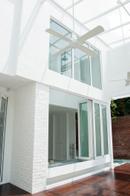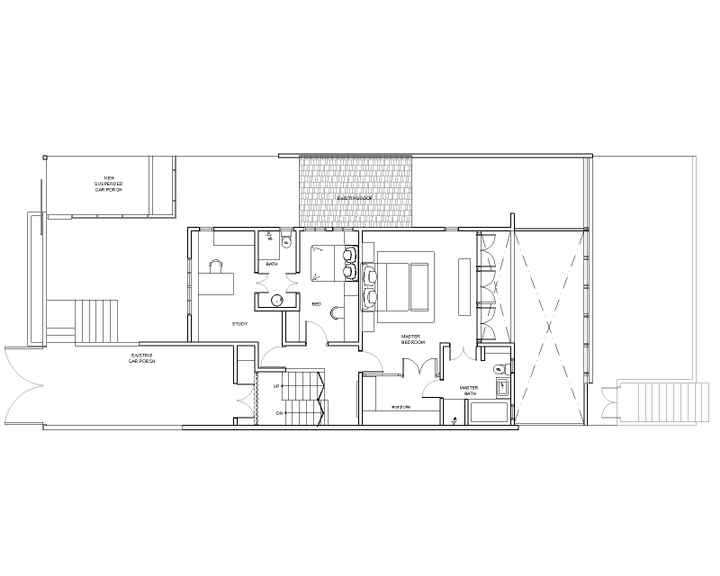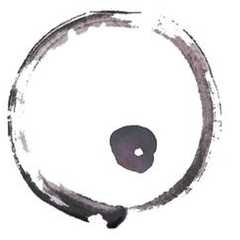1 / 20




















Project Details
Located on a narrow plot of land up on a hill in Tempinis, Bangsar, the semi-detached White Haven designed by Chun Hooi Tan from Core Design Workshop demonstrates with graceful subtlety that a big plot and structure is not needed to achieve the feel of a spacious bungalow home.
While local homeowners widely favour minimalist design, somewhat similar to that seen in Japanese homes, the architect saw a need to adapt it to the Malaysian context, taking into account both the local lifestyle and tropical climate. Unnecessary elements in the White Haven were carefully chiselled away, leaving no extraneous details in the design, with a variety of textures creating a rich, intimate effect.
The homeowner, a young professional in the creative industry, was not averse to explore contemporary and non-conventional design approaches. For example, in order to implement his ideal of a predominantly white interior palette, he had no qualms about replacing the lavish beige marble flooring in the living areas with relatively-inexpensive white oak laminate.
A serambi or veranda forms a sunlight-suffused juncture between the living area and the gravel garden behind the house. The architect turned the serambi, previously a one-storey semi-alfresco area, into an airy double-volume box capped with a clear glass roof.
Aluminium louvers enclose this space – the architect’s interpretation of old-fashioned metal security grilles. The distinctive structure is tilted five degrees outwards, enabling rainwater to roll off its white surface, preventing watermarks and easing maintenance. The inclined screen maximises the house’s elevated position, allowing the dweller to enjoy a panoramic view of the surroundings while preserving privacy.
The internal layout was also reconfigured to improve the circulation and connection within the spaces. A new suspended car porch runs parallel to the existing one, connected by a metal bridge. Steps lead down to a patio lined with oven-burnt brick, from where the main living areas can be accessed directly via the kitchen.
Also, instead of enlarging the master bedroom, the architect punched through its floor slab, reducing the size of the room. As a result a void was opened up above the living area’s new daybed bench, promoting visual dialogue between the upstairs and downstairs.
Adjustable wooden louvers are used as a watertight layer between the interior living areas and exterior. Apart from allowing fresh air to circulate freely like traditional open louvers, the adjustable louvers can be closed to keep air-conditioned spaces cool without the need of an additional layer of glass doors, playing up the minimal and restrained style of the home.Located on a narrow plot of land up on a hill in Tempinis, Bangsar, the semi-detached White Haven designed by Chun Hooi Tan from Core Design Workshop demonstrates with graceful subtlety that a big plot and structure is not needed to achieve the feel of a spacious bungalow home.
While local homeowners widely favour minimalist design, somewhat similar to that seen in Japanese homes, the architect saw a need to adapt it to the Malaysian context, taking into account both the local lifestyle and tropical climate. Unnecessary elements in the White Haven were carefully chiselled away, leaving no extraneous details in the design, with a variety of textures creating a rich, intimate effect.
The homeowner, a young professional in the creative industry, was not averse to explore contemporary and non-conventional design approaches. For example, in order to implement his ideal of a predominantly white interior palette, he had no qualms about replacing the lavish beige marble flooring in the living areas with relatively-inexpensive white oak laminate.
A serambi or veranda forms a sunlight-suffused juncture between the living area and the gravel garden behind the house. The architect turned the serambi, previously a one-storey semi-alfresco area, into an airy double-volume box capped with a clear glass roof.
Aluminium louvers enclose this space – the architect’s interpretation of old-fashioned metal security grilles. The distinctive structure is tilted five degrees outwards, enabling rainwater to roll off its white surface, preventing watermarks and easing maintenance. The inclined screen maximises the house’s elevated position, allowing the dweller to enjoy a panoramic view of the surroundings while preserving privacy.
The internal layout was also reconfigured to improve the circulation and connection within the spaces. A new suspended car porch runs parallel to the existing one, connected by a metal bridge. Steps lead down to a patio lined with oven-burnt brick, from where the main living areas can be accessed directly via the kitchen.
Also, instead of enlarging the master bedroom, the architect punched through its floor slab, reducing the size of the room. As a result a void was opened up above the living area’s new daybed bench, promoting visual dialogue between the upstairs and downstairs.
Adjustable wooden louvers are used as a watertight layer between the interior living areas and exterior. Apart from allowing fresh air to circulate freely like traditional open louvers, the adjustable louvers can be closed to keep air-conditioned spaces cool without the need of an additional layer of glass doors, playing up the minimal and restrained style of the home.Read MoreHide
Renovation Cost
RM800,000
Area Size
3003 sq. ft.
Year of Completion
2015
Interior Style
Minimalist
Works included
Carpentry
Flooring
Hacking
False Ceiling
Painting
Plumbing
Feature Wall
Electrical Rewiring
Aircon
Tiling





















